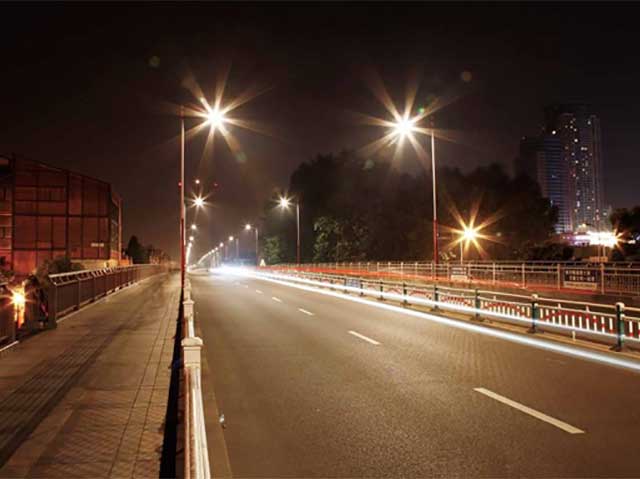The choice of light source should meet the following requirements:
1. High-pressure sodium lamps should be used for expressways, trunk roads, secondary trunk roads and branch roads;
2. High-pressure sodium lamps or low-power metal halide lamps should be used on mixed traffic roads of motor vehicles and pedestrians in residential areas;
3. Metal halide lamps can be used on motor vehicle traffic roads with high requirements for color identification such as city centers and commercial centers;
4. Pedestrian streets in commercial areas, pedestrian roads in residential areas, and sidewalks on both sides of motor vehicle traffic roads can use low-power metal halide lamps, thin-tube fluorescent lamps or compact fluorescent lamps.
Road lighting should not use self-ballasted high-pressure mercury lamps and incandescent lamps, and motor vehicle lane lighting should use functional lamps that meet the following requirements:
1. Expressways and trunk roads must use light-cutting or semi-cutting lamps;
2. The secondary trunk road should use semi-cut light lamps;
3. Semi-cut light lamps should be used for branch roads.

Commercial area pedestrian streets, sidewalks, pedestrian tunnels, pedestrian bridges and non-motorized vehicle lanes that need to be separately lit should use lamps that combine functionality and decoration. When decorative lamps are used, the upper luminous flux ratio should not be greater than 25%, and the mechanical strength should meet the requirements of the current national standard "General Safety Requirements and Experiments for Lamps" GB7000.1.
When high-pole lighting is used, floodlights or cut-off lamps with suitable power and light distribution should be selected according to the characteristics of the place.
When using closed road lighting fixtures, the protection level of the light source cavity should not be lower than IP54. For roads and places with serious environmental pollution and difficult maintenance, the protection level of the light source cavity should not be lower than IP65. The protection level of the electrical cavity of the lamp should not be lower than IP43.
Lamps with good corrosion resistance should be used in areas or places with high content of corrosive gases such as acid and alkali in the air.
In places where strong vibration is likely to occur such as large bridges passing through motor vehicles, the lamps used should meet the anti-vibration requirements specified in the current national standard "General Safety Requirements and Experiments for Lamps" GB7000.1.
High-intensity gas discharge lamps should be equipped with energy-saving magnetic ballasts, and light sources with lower power can be equipped with electronic ballasts.
The installation distance between the trigger, ballast and light source of the high-intensity gas discharge lamp should meet the requirements of the product.


